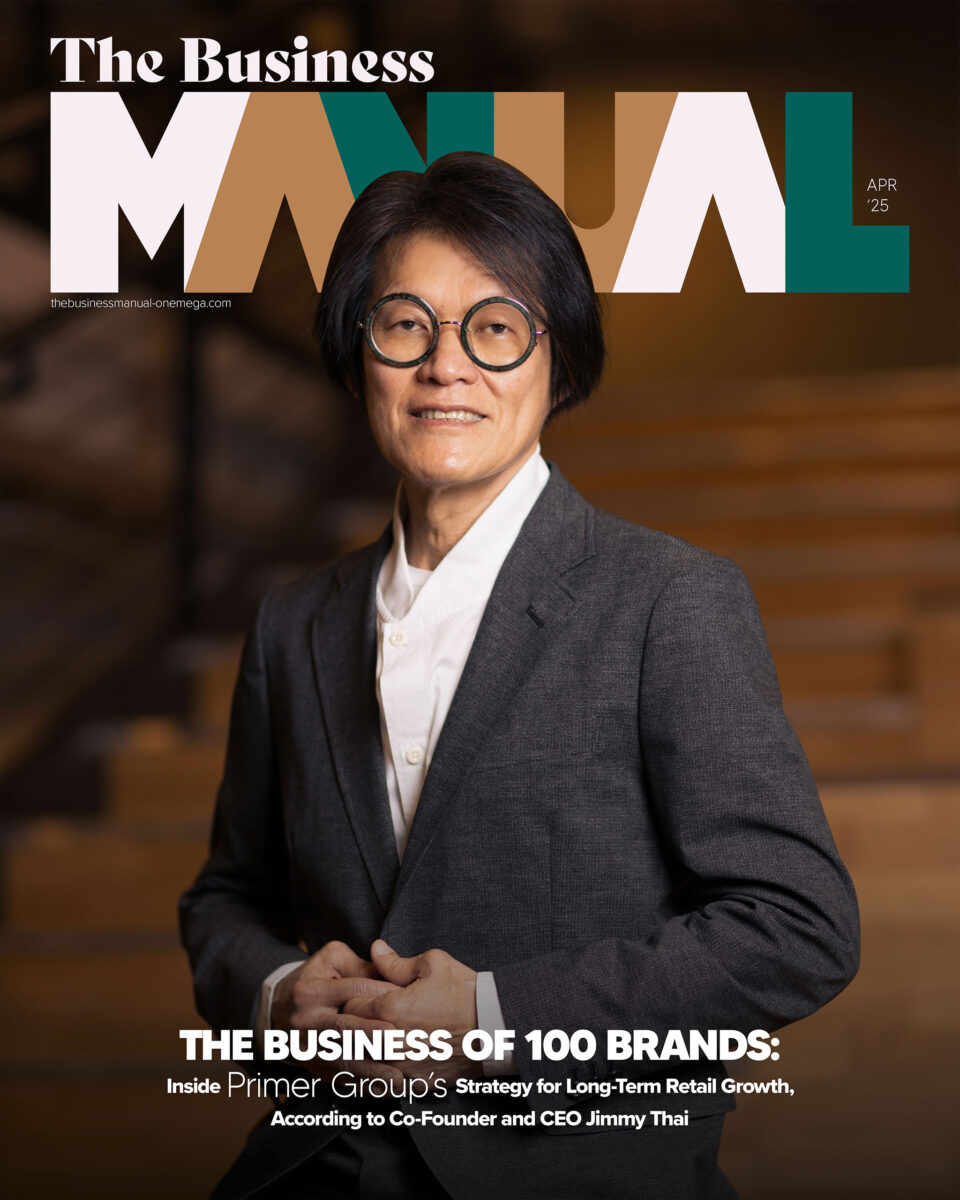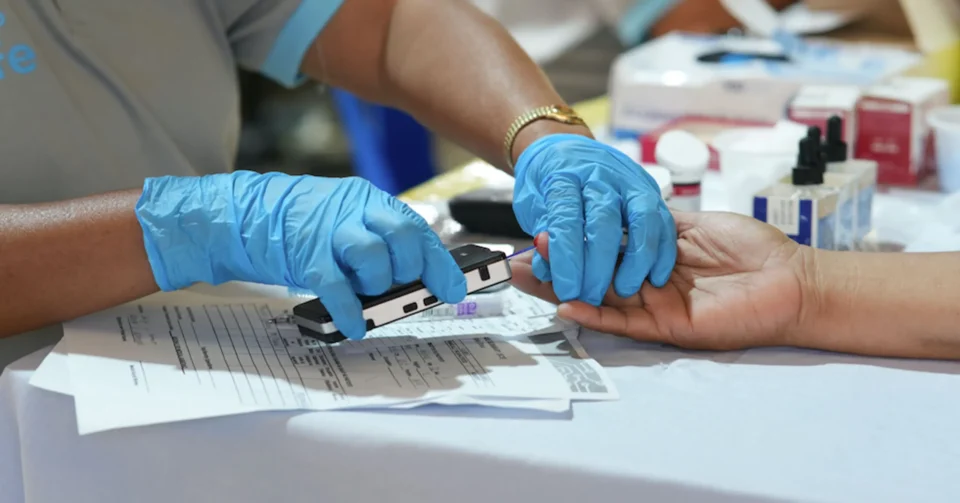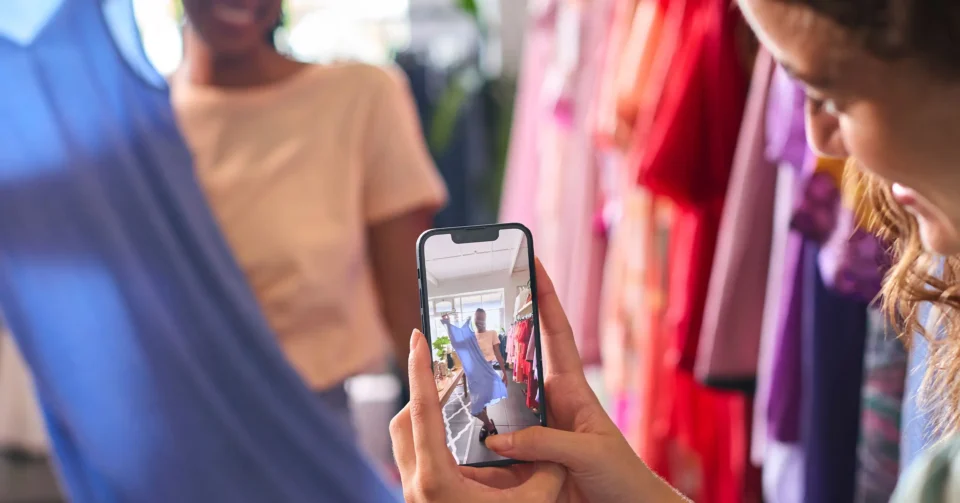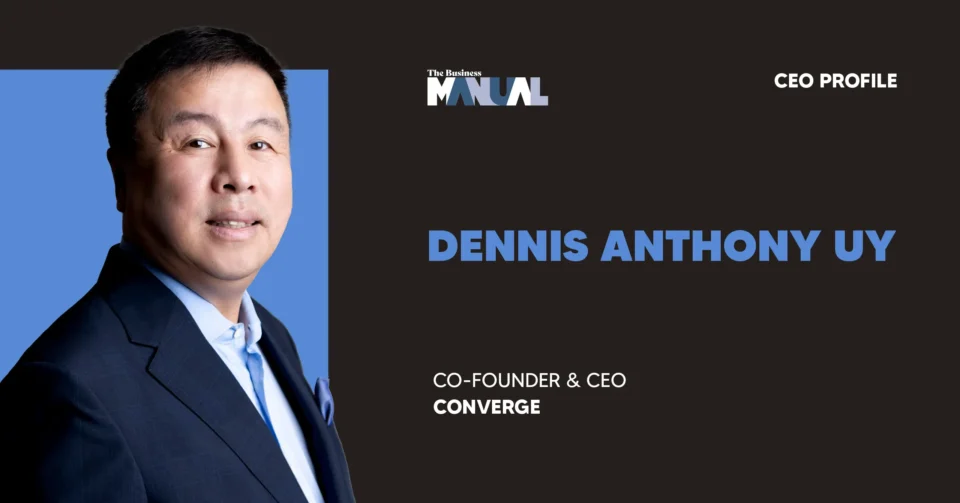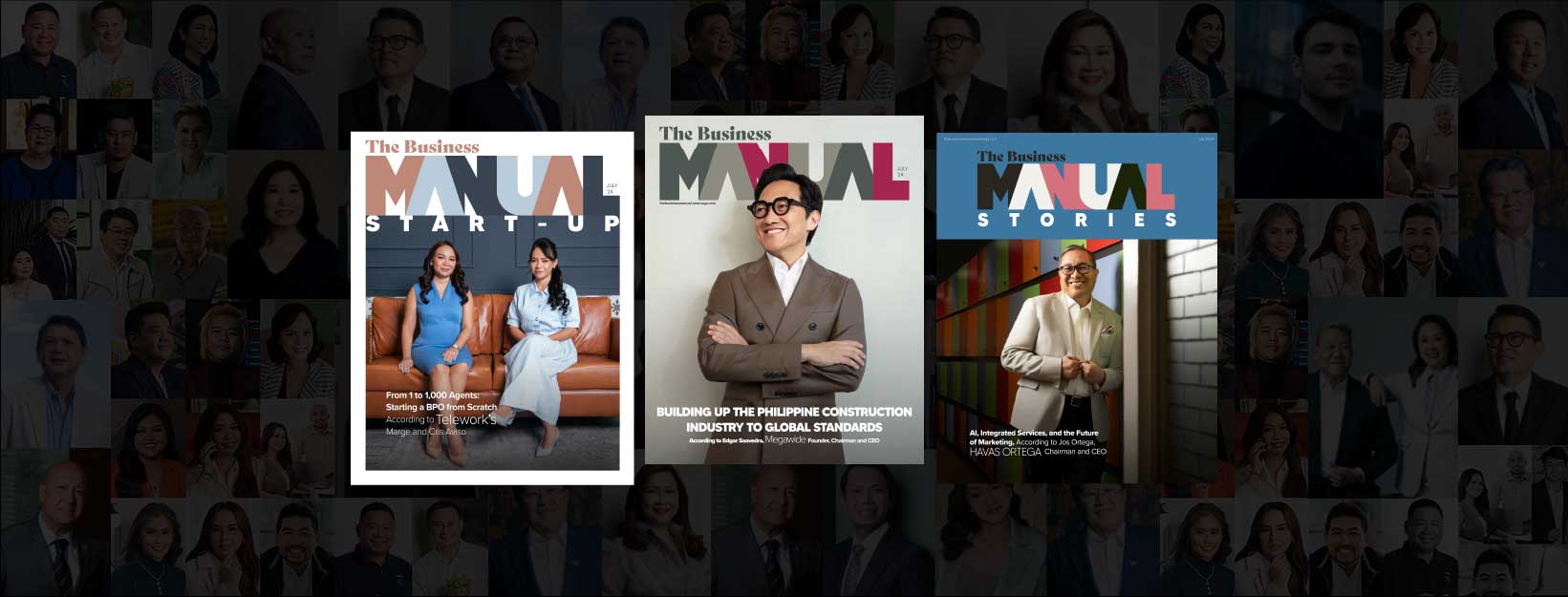[Ask TBM] How Can Your Branding Target Women Better?
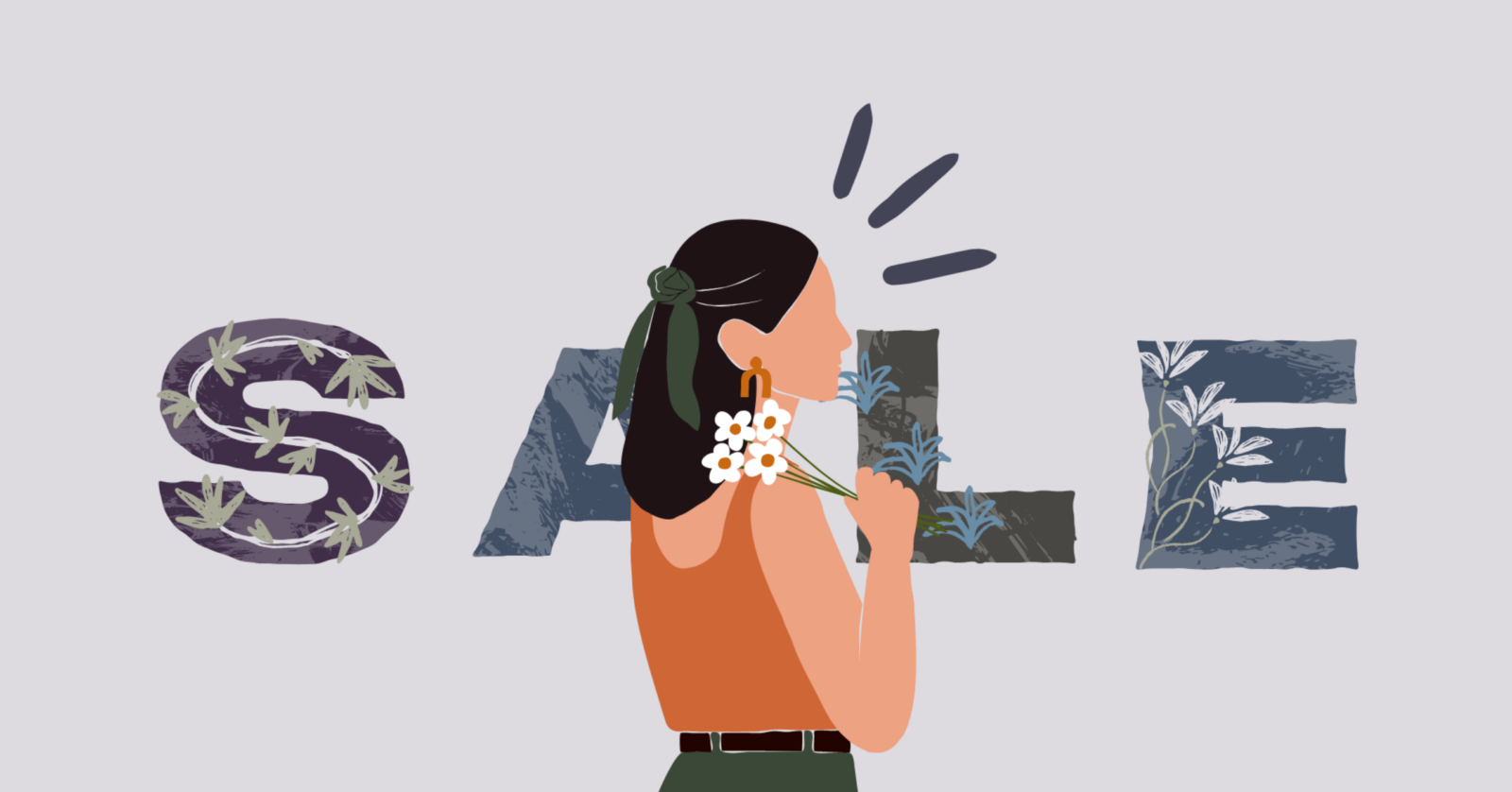
According to Senior Designer and Marketing Head Abby Castro, it’s not enough to splash a lot of pink on your design and branding if you want to target a female audience.
Did you know that over 80% of purchases and purchase influence are actually made by women? No wonder many companies and brands prefer to target women as their chosen audience!
Thing is, appealing to women is not as simple as splashing a lot of pink into a brand’s logo or marketing campaign. In fact, many brands make the mistake of using gender stereotypes and not really understanding female needs and how women think, behave, and even feel. This may be perceived as an insult (because women are not programmed to buy everything pink) or worse, result in backlash.
For tips on how your branding can target a female audience better, we asked senior designer and marketing head Abby Castro to share some strategies and insights. Here’s what she has to say.
What kind of tone and voice do you recommend for a company’s branding whose main target audience is females?
The tone of voice is an amazing brand differentiator.
It’s in Tonik’s emails that start off with “Happy monthsary, hun!” and end with “With love,” despite being in the financial industry.
It’s in Discord’s bug-fixing update, which begins with, “Twas the night before New Year’s and all through the Discord house, all the creatures were stirring and those creatures were bugs.”
It’s in a follow-up email that opens with “I must have called a thousand times…” and an image of Adele singing her heart out.
With the tone of voice alone, a brand can stand out and be memorable overnight. And if you’re a company whose main target audience is female, here’s my advice for you. This is something you’ll want to keep in mind for all aspects of branding—not just for the tone of voice.
Women aren’t all the same. They differ in age, personality, appearance, needs, lifestyle, and more. They also speak differently. So define further what kind of woman will benefit the most from your offer. Then, research about her—her pain points, and the words she uses to describe them. Talk the way she talks. If you learn how to speak like one of her closest friends, she’ll be more trusting of what you have to say.
That’s how you form a tone of voice that resonates with your target audience.
What should companies keep in mind when coming up with their logo, so that it’s more appealing to a female audience?
At a young age, we are brought up to believe that dolls are for girls and cars are for boys. And as we experience more of the world, we form more similar associations in our minds. So it is only logical that certain elements, when used in logo marks, become more appealing to a particular gender.
Common sense will tell you that elements from the natural world are closely linked to femininity. These include but are not limited to flowers, fruits, animals, and constellations. This theory was proven in a 2020 study, which found that alternatively, cultural objects, like skyscrapers, tools, and machines, convey masculinity.
However, we should also keep in mind that these mental associations we form are based on what we experience in life. And people grow up differently. We live in different parts of the world, practice different traditions, and speak different languages. Consequently, one particular element can mean entirely different things to different people.
Aside from cultural differences, another thing to observe in logos is it only needs to be simple but unique. Seth Godin, author of This is Marketing and creator of altMBA, wrote in his blog back in 2007, “A great logo doesn’t mean anything until the brand makes it worth something.” Observe the logos of famous brands like Nike, Starbucks, and Apple. There was no gender perception attached to their logo marks and yet, they have strong brand recognition; strong enough that you can imagine each of their logos right now.
Considering this, when designing a new logo, go for something that stands out in your industry. Be different from your competitors. It doesn’t even need to be linked to what you’re selling.
Are shades of pink and pastel colors still effective in appealing to females? Or can companies experiment with other color palettes or color schemes?
Yes, pink and pastel colors are effective in signaling that a particular brand’s target market is female. In addition, nudes and neutrals are also quite popular, as shown by brands like Skims—a shapewear company by Kim Kardashian—and Hinhin, Tricia Gosingtian’s clothing brand. This is because softer and muted colors are generally associated with delicate and graceful femininity.
Given that, it is important to note that there’s more to women than delicateness and grace. Women can also be bold and confident, strong and edgy, fun and playful. So yes, companies that would like to be perceived as women-focused brands can still find success even when they choose brand colors beyond those enumerated above. We see this in Reese Witherspoon’s book club, in Midol‘s rebranding, and in Julie—a modern emergency contraceptive. All three use vibrant colors to go with their empowering brand, while attracting a strong and confident female audience.
When done right, a brand’s personality can shine through its chosen color palette. For instance, black can symbolize elegance and is widely used by luxury brands. However, it can also symbolize edginess, as shown in streetwear and alternative fashion, like [the] UK-based brand Disturbia.
In addition, playful brands can incorporate bright color combinations to symbolize fun and joy. A great example of this is Blackbough Swim, which uses stylish patterns that are perfect for summer vacations. Another would be Studio Dondon, who fondly reminds us of the wonders of childhood through his adorable stickers and illustrations.
What types of fonts or typography should companies use to appeal to a female audience?
There’s a lot more flexibility when it comes to choosing fonts for female-focused brands versus male-focused ones. Whether the font is bold or thin, serif or sans-serif, handwritten or monospace, it can be used to evoke femininity in the right context. With support from the brand’s colors, product images, and tone of voice, almost any font is appropriate to use to appeal to women.
On the other hand, masculine brands tend to avoid certain fonts. Even though they can employ script, handwritten, and/or calligraphic typefaces, there are specific ones that lean more on the feminine side. For example, compare The Restless Youth Script and Graziosa. Even though both are script fonts, the former can be considered gender-neutral while the latter evokes far more femininity.
Since female-focused brands enjoy more freedom in this aspect, choose fonts instead that fit the personality of your brand and target market. Are you going for luxurious or hand-crafted? Modern or nostalgic? Fun or serious?
What are the misconceptions about branding for a female audience that companies should avoid putting into practice?
I think one common misconception is that women can be generalized into one homogenous group. As marketers, we need to understand how vital it is to go beyond gender. For example, ad campaigns that target Gen Zs will sound different from those which focus on Baby Boomers.
Companies whose main clients are lawyers will have to use different brand colors from those who cater to painters. It doesn’t matter if all of them are women-focused—their branding strategies will still be wildly diverse.
What other concrete branding tips and advice can you offer to companies that are targeting a female audience?
Unfortunately, there is no straightforward manual on how to market to women. It will vary across industries, age groups, professions, geographical locations, and more. But here are some branding tips that you can apply to all:
First, be authentic. In 2011, Gary Vaynerchuk once wrote, “You cannot underestimate people’s ability to spot a soulless, bureaucratic tactic a million miles away. It’s a big reason why so many companies that have dipped a toe in social media waters have failed miserably.”
Second, have empathy. We appreciate it when someone wants to truly help us. When someone’s willing to listen to our problems. When someone understands what we’re going through.
Practice empathy whenever you can. If you do this, women will likely be more interested in the solutions you offer. Men, too.
Third, have amazing customer service. If you’ve read the whole article, you know by now that branding is more than logo design. According to Seth Godin, “the brand is the experience that people expect to have when they engage with you.”
Customer service is a big part of this. Work on over-delivering and surpassing your competitors in this aspect. And remember to keep your promises.
Lastly, be kind. At the end of the day, the whole point of marketing is to influence a person’s buying decision. So how do you gain that kind of power?
Dale Carnegie provides us with the answer from his book, How to Win Friends and Influence People in the Digital Age: “The two highest levels of influence are achieved when (1) people follow you because of what you’ve done for them and (2) people follow you because of who you are. In other words, the highest levels of influence are reached when generosity and trustworthiness surround your behavior.”
Featured Artwork by Janelle Rose Yu
Abby Castro is the Head of Marketing of Build My Wealth, an app that strives to empower as many first-generation Filipino millionaires as possible. She is also a Senior Designer at Leadseven, Inc., where she has been creating sales funnels for over $100,000 in SaaS product launches since 2016.
